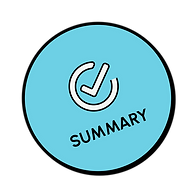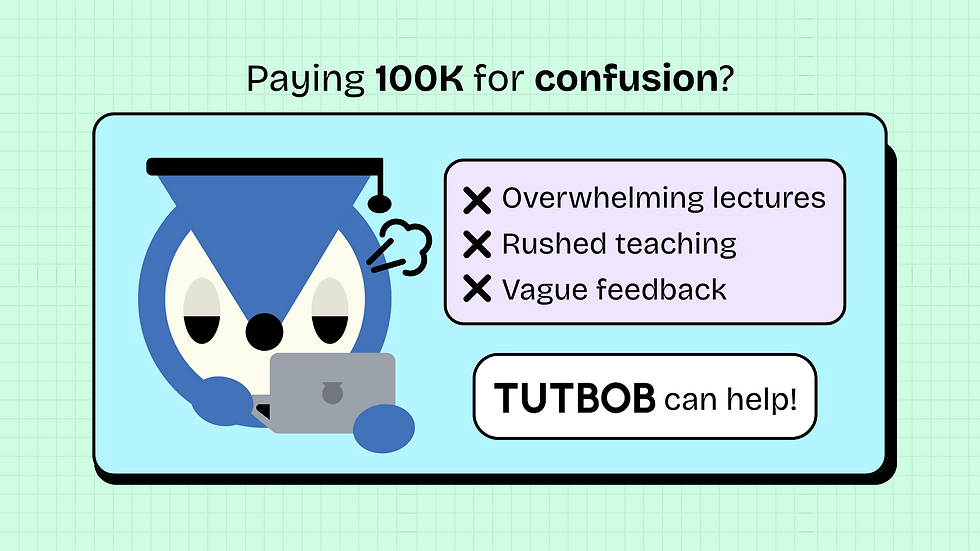Placing “AI Literacy” in education, what is it and why the need?
- Raylene

- 3 days ago
- 3 min read

Today, artificial intelligence (AI) is everywhere, when we shop, ask for exact locations, need information and more. As AI becomes a bigger part of daily life, understanding how it works has become an essential skill, not just for tech professionals, but for everyone. This is where AI literacy comes in.
What is AI Literacy?
A scholarly definition to the term AI Literacy is, “a set of competencies that enables individuals to critically evaluate AI technologies; communicate and collaborate effectively with AI; and use AI as a tool online, at home, and in the workplace”.
AI Literacy is more than just knowing coding or using AI tools effectively. It is about having skills and knowledge that makes one think critically about AI and the use of AI while at the same time using AI. That is also where responsible AI comes in, to useAI ethically is of vital importance.
In simple terms, AI literacy helps people not only use AI but also understand how it affects them and the world around them. It teaches us to ask the right questions like, ‘How does this AI tool make decisions?’, ‘What data is it using?’, ‘Can I trust its output?’.
AI Literacy Matters in Education
In today’s classrooms, AI is no longer a distant concept. Students are using it to write essays, design projects, and even create code. But along with these opportunities come challenges like misinformation, bias, privacy concerns. Therefore it is important to educate students about AI in depth, its consequences, and the action-recation phenomenon. This is the first step towards understanding AI and thus questioning it and not just agreeing to its results. Teachers need to guide students to use AI tools thoughtfully, verify information, and balance ethics with it.
How the world is building AI literacy?
Many countries are already taking steps to include AI literacy in their education systems. They aim to make AI education inclusive, helping not only tech-savvy learners but also those in under-resourced schools. However, challenges such as how to measure AI literacy effectively, how to train educators, and how to keep up with AI’s rapid evolution remain.
Measuring AI Literacy
Measuring AI literacy is tricky because AI itself keeps changing. Researchers are working to create reliable ways to test people’s understanding not just through self-assessments with real knowledge based questions. These tests help determine how well different groups of students, professionals, or teachers understand AI concepts and ethics.
The social and ethical side of AI Literacy.
AI literacy isn’t just about technology, it’s also about values, fairness, and critical thinking. AI systems can carry hidden biases or make mistakes, and users must be aware of this or sometimes not. Learning about AI means learning to question its impact on privacy as well as the environment.
Students and educators need to constantly think about:
Who benefits from AI?
Who might be left out?
How can we use AI responsibly?
The Future of AI Literacy.
As AI continues to shape every aspect of life, from education to healthcare, AI literacy will become as important as reading or math. It will prepare everyone not only to use AI but to shape its future as ethical and informed users.
To build this future, schools and universities must treat AI literacy as a core life skill, not just a technical one. Educators need proper training, governments need to support inclusive access, and students need hands-on opportunities to learn by experimenting with AI tools in real-world contexts.















Comments